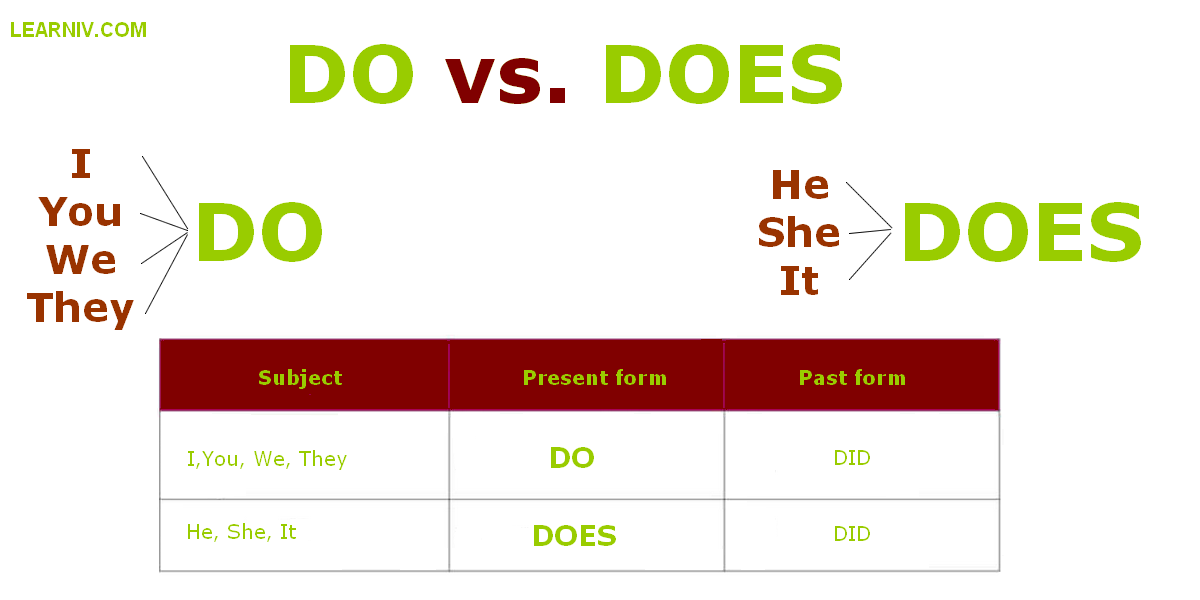Unlocking Business Value: Managing Books of Business, Social Media Policy, Blogs, and Intelligence Dashboards
Understanding the Book of Business: A Core Asset
A book of business is an essential concept in client-facing industries such as financial services, law, insurance, real estate, and sales. It refers to the organized list of clients or accounts managed by a professional or business. This list is not just a contact database-it represents a significant business asset, often with measurable monetary value. In some industries, professionals can buy or sell their book of business, reflecting its importance on a company’s balance sheet [1] , [2] , [3] .
Maintaining a robust book of business enables companies to:
- Track current and past client relationships, fostering retention and repeat business.
- Analyze client data to identify growth opportunities and cross-sell or upsell relevant services.
- Demonstrate the value of a business division or individual contributor, useful in mergers, acquisitions, or succession planning.
For those looking to build their book of business, consider the following steps:
- Organize all customer accounts using a secure client management system or CRM.
- Regularly update client information and track interactions to maintain strong relationships.
- Prioritize outreach and personalized engagement to grow your client base.
- Periodically review and segment clients to identify high-value opportunities or accounts needing attention.
Challenges may include data accuracy, maintaining consistent communication, and ensuring compliance with privacy regulations. To overcome these, invest in reliable CRM software, establish routine check-ins, and follow all legal guidelines for data management.
Crafting and Enforcing a Social Media Policy
A comprehensive social media policy sets clear expectations for employee behavior when representing the company online. This policy is crucial for protecting a business’s reputation, managing legal risks, and ensuring consistent brand messaging. Social media policies typically specify:
- Acceptable and unacceptable content for both company and personal accounts when referencing the business.
- Guidelines for intellectual property, confidential information, and protection of trade secrets.
- Procedures for handling negative comments, customer complaints, and crisis situations online.
- Disclosure requirements for endorsements or sponsored posts to comply with regulations such as those from the Federal Trade Commission (FTC).
- Consequences for policy violations, ranging from warnings to termination.
To implement an effective social media policy, businesses should:
- Consult legal and HR professionals familiar with relevant regulations.
- Communicate the policy clearly to all employees, providing training and updates as needed.
- Encourage responsible brand advocacy while reinforcing accountability for online actions.
Potential challenges include balancing employee freedom of expression with brand protection and monitoring compliance without infringing on privacy. Solutions involve regular policy reviews and creating open channels for employee feedback and questions.

Source: clays.co.uk
Leveraging Blogs for Business Growth
A business blog serves as a dynamic content platform to engage audiences, demonstrate expertise, and drive website traffic. Companies use blogs to:
- Educate customers about products, services, and industry trends, positioning themselves as thought leaders.
- Improve search engine visibility through targeted keywords and consistent content updates.
- Generate leads by offering valuable resources in exchange for contact information (such as downloadable guides or newsletters).
- Share company news, case studies, and customer success stories to build trust and credibility.
To effectively launch and maintain a business blog:
- Define your target audience and content goals (education, conversion, brand awareness).
- Develop an editorial calendar with a mix of timely and evergreen topics.
- Collaborate with subject matter experts for credible, high-quality posts.
- Promote blog content across social media, email newsletters, and industry communities.
Common challenges include generating consistent content, measuring ROI, and standing out in a crowded digital landscape. Address these by assigning dedicated content resources, using analytics to track engagement, and focusing on unique insights or case studies.
Business Intelligence Dashboards: Enhancing Data Collection and Decision-Making
Business intelligence (BI) dashboards are powerful tools that transform raw data into actionable insights. By consolidating key metrics and visualizations, BI dashboards help businesses collect, organize, and analyze data efficiently. The benefits include:
- Real-time data monitoring to identify trends, anomalies, and opportunities.
- Customizable views for different roles (sales, marketing, operations), allowing for targeted performance tracking.
- Automated data integration from multiple sources, reducing manual entry and risk of error.
- Facilitating informed decision-making by presenting complex information in an accessible format.
To implement a BI dashboard that supports effective data collection:
- Identify the business objectives and key performance indicators (KPIs) most relevant to your organization.
- Select a reputable BI platform that integrates with your existing data sources.
- Design dashboards with input from stakeholders to ensure usability and relevance.
- Provide training for users to interpret dashboard data and encourage data-driven decision-making.
Challenges may involve data silos, integration complexity, or user adoption. Solutions include working with IT professionals for setup, conducting regular reviews to optimize dashboard design, and fostering a culture of analytics-driven management.

Source: webstockreview.net
Accessing and Implementing These Strategies
To build or improve your book of business, you can:
- Begin by organizing all client information in a secure spreadsheet or CRM platform. Popular options include Salesforce, HubSpot, and Microsoft Dynamics. For step-by-step guides, visit each provider’s official help center or support page.
- Network within your industry, attend events, and connect with potential clients on professional platforms such as LinkedIn.
For developing a social media policy:
- Consult with HR and legal teams, or review official resources from organizations like the Society for Human Resource Management (SHRM) for best practices and policy templates. Visit shrm.org and search for “social media policy” for verified resources.
To start a business blog:
- Choose a blogging platform such as WordPress, Squarespace, or Wix. Visit the official websites for tutorials and set-up instructions.
- Develop a content calendar and assign contributors. Consider hiring freelance writers or digital marketing agencies for support.
For adopting a business intelligence dashboard:
- Research BI platforms like Tableau, Power BI, or Looker. Each offers trial versions and guides on their official websites.
- Collaborate with your IT department to ensure secure data integration and proper user training.
If you are unsure how to begin, consult with industry peers, join professional associations, or seek guidance from certified consultants. Many organizations provide free webinars, whitepapers, and templates for each of these strategies.



